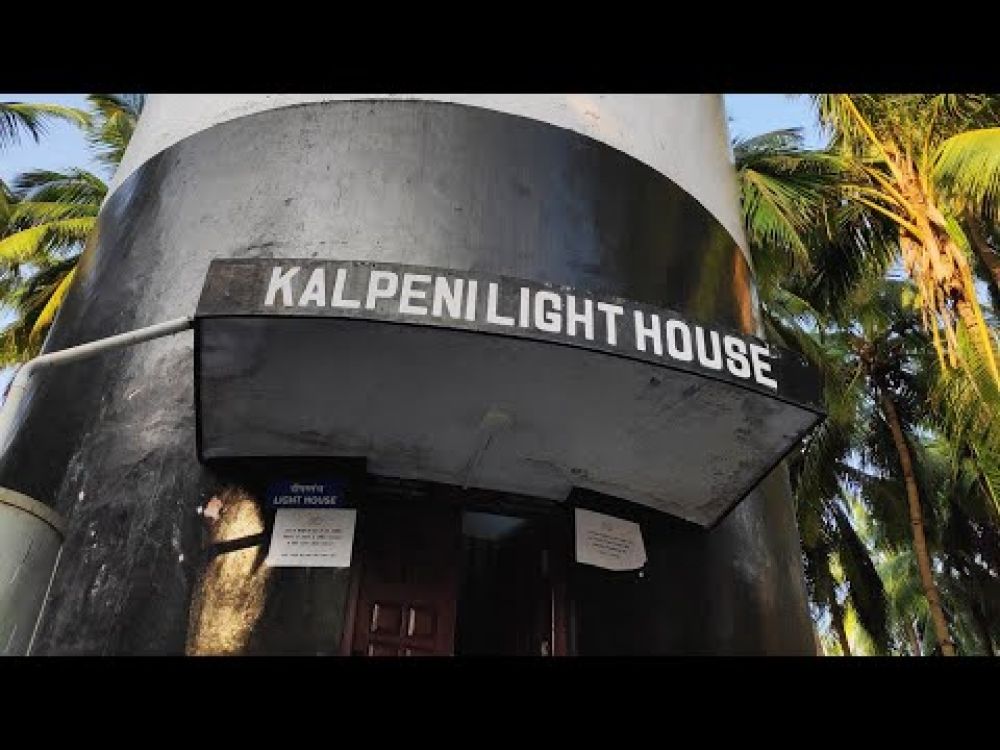

The Lakshadweep archipelago, situated off the southwestern coast of India, is one of the most serene and untouched stretches of islands in the Indian subcontinent. Its tourism history is relatively young, with the islands being opened to tourism only in the late 20th century. The lighthouse at Kalpeni Island has not only been an aid to navigation but also an increasingly popular tourist attraction that contributes to the area's visibility in the travel sector.
Due to the strategic importance of the islands as a naval base and their precious natural ecosystems, tourism in Lakshadweep was regulated for decades. It wasn't until 1974 that the islands—renowned for their exotic marine life and pristine beauty—started accommodating tourists under strict regulation. This approach was to ensure both the protection of the delicate environment and to provide an exclusive experience for visitors.
The promotion of tourism was slow and controlled, with an emphasis on eco-tourism to preserve the natural beauty and traditional ways of life of the islanders. Over the years, infrastructure grew, but not at the cost of the ecosystem, ensuring that the islands remain unspoiled.
One of the key attractions in the islands is the lighthouse at Kalpeni. Built during the British era, in 1885, the lighthouse stands tall at 37 meters, offering a panoramic view of the entire island and the vast expanse of the Arabian Sea. This Victorian-era structure is characterized by its masonry and chance to witness the incredible sunset and sunrise, making it a picturesque site for tourists. Its historical significance adds to the allure for those interested in maritime history and colonial architecture.
Visitors to the lighthouse need special permission to visit Kalpeni as the Lakshadweep islands are a restricted area, and tourists are only allowed under specific conditions. Upon obtaining the permit, tourists can climb the lighthouse to observe spell-binding views, especially during early morning or late afternoon, which are perfect for photography enthusiasts.
In recent years, Lakshadweep has seen a trend towards sustainable and experiential tourism. This includes water-based activities like snorkeling, diving, kayaking, and sailing that allow tourists to explore the rich coral reefs and marine life without causing harm. Homestays and eco-friendly resorts have also become popular, giving visitors a taste of local culture and cuisine, while also supporting the indigenous communities. The focus is on offering high-quality, low-impact tours that meet the increased global demand for responsible travel.
Furthermore, the administration has been working on improving connectivity through cruises and better air links to accommodate the growing interest in this destination. The information technology era also plays a role, with virtual tours and online promotion of the islands highlighting their untouched beauty to a global audience.
In conclusion, the lighthouse at Kalpeni stands as a beacon not just for maritime navigation but for the sustainable tourism potential of Lakshadweep. With an increasing global awareness of the destination, balanced with careful management of tourist numbers, Lakshadweep's tourism industry is set to grow in harmony with its natural and historical treasures.